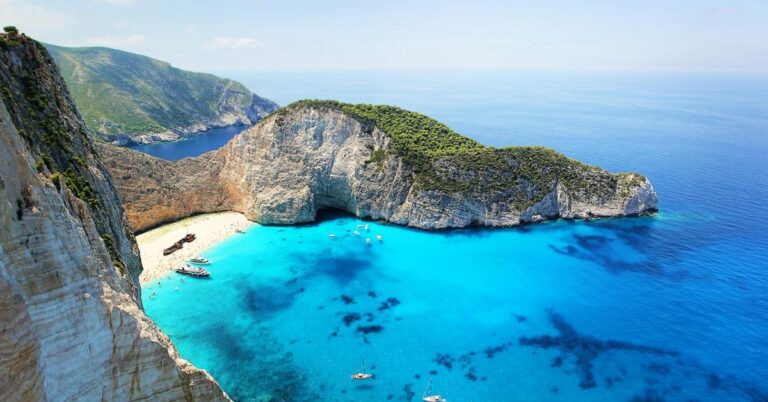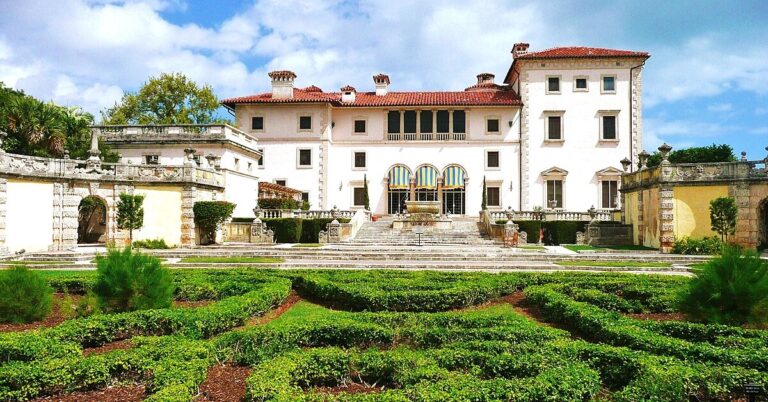Once Deserted, These 25 Spots Are Hauntingly Beautiful Now
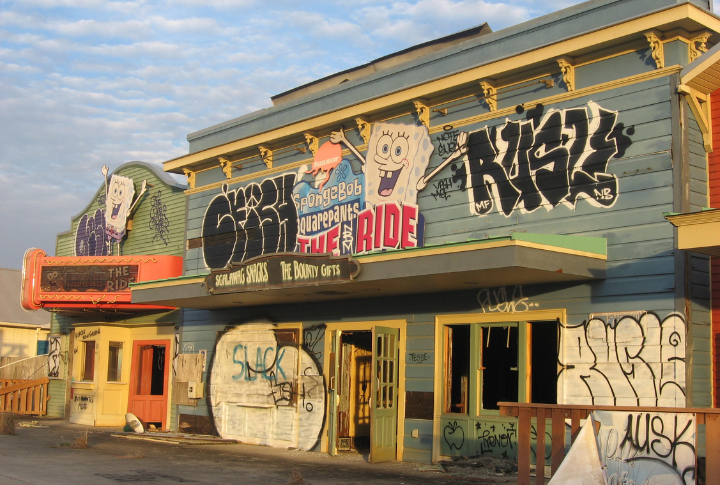
History has a funny way of giving second chances. While some landmarks never lose their spotlight, others fade into obscurity, only to be rediscovered unexpectedly. Prepare to be amazed as we show you 25 landmarks that have reclaimed their rightful place among the world’s most stunning attractions.
Chateau Miranda, Belgium
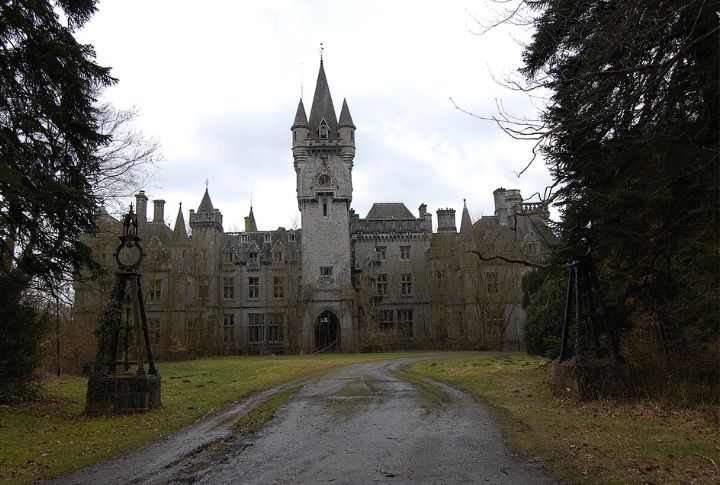
Commissioned by the Liedekerke-De Beaufort family, Chateau Miranda was designed in 1866 by architect Edward Milner. Used as an orphanage, then abandoned in 1991, its towers collapsed in 2017. Time stripped it of splendor, yet its haunting form resides in memory.
Fatehpur Sikri, India
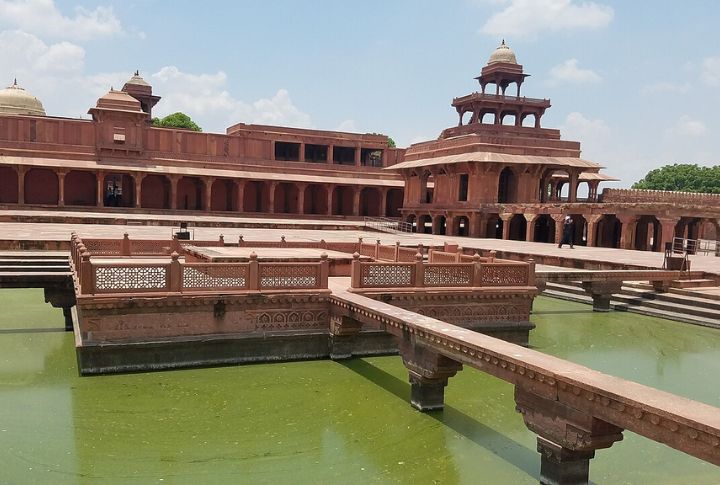
Commissioned in the 16th century by Mughal emperor Akbar, Fatehpur Sikri was meant to be a glorious capital. Built of red sandstone and filled with elegant courts and mosques, the city thrived briefly. Then, water scarcity forced abandonment and imperial dreams were thwarted by harsh terrain.
Ani, Armenia

Once home to over 100,000 people, Ani stood at the crossroads of empires in the 10th and 11th centuries. Nicknamed the “City of 1001 Churches,” it rivaled Constantinople in its prime. Earthquakes and shifting borders led to ruin. Now, wind, instead of prayers, echoes through its arches.
Cachtice Castle, Slovakia
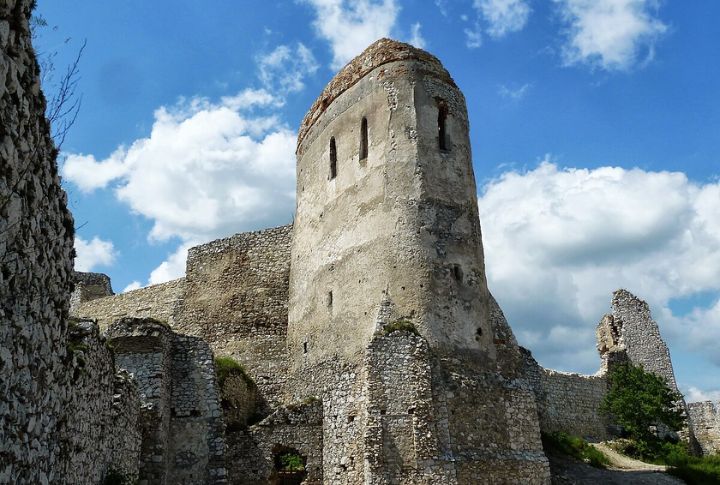
High atop Slovakia’s rolling hills, the remains of Cachtice Castle whisper unsettling legends. It was home to Elizabeth Bathory, accused of killing hundreds of young girls. Though some stories may be exaggerated, her trial and confinement are historical facts.
Centralia, US
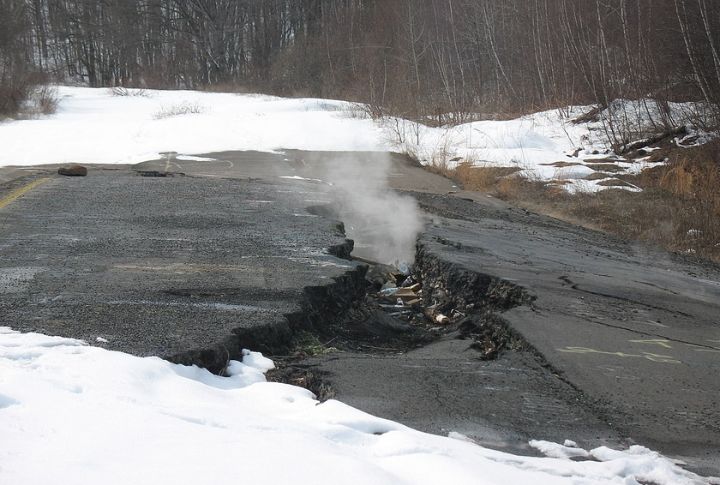
In 1962, a coal seam fire ignited beneath Centralia, and it still burns. The town was slowly evacuated over decades as smoke seeped from cracked roads and homes sank into the ground. A few houses remain. So do tilted gravestones and steaming Earth underground.
Hashima Island, Japan
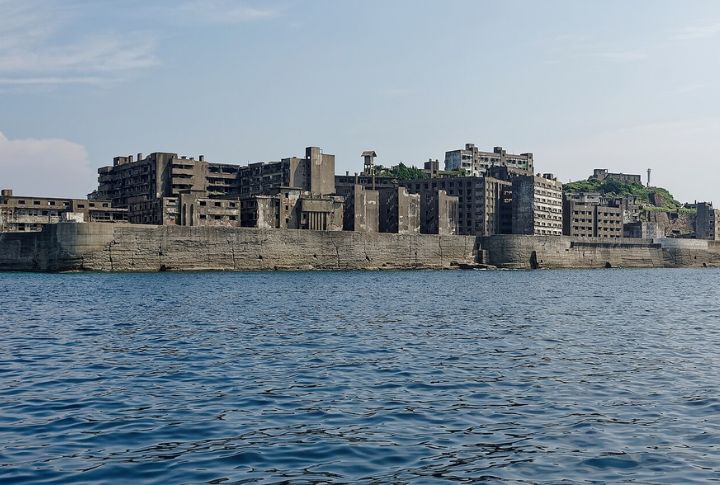
Nicknamed “Battleship Island” for its shape, Hashima thrived on undersea coal mining from 1887 to 1974. At its peak, it was one of the world’s most densely populated areas. When the mine closed, the island emptied overnight. Its skeletal concrete towers still stand, battered by typhoon winds.
Pripyat, Ukraine
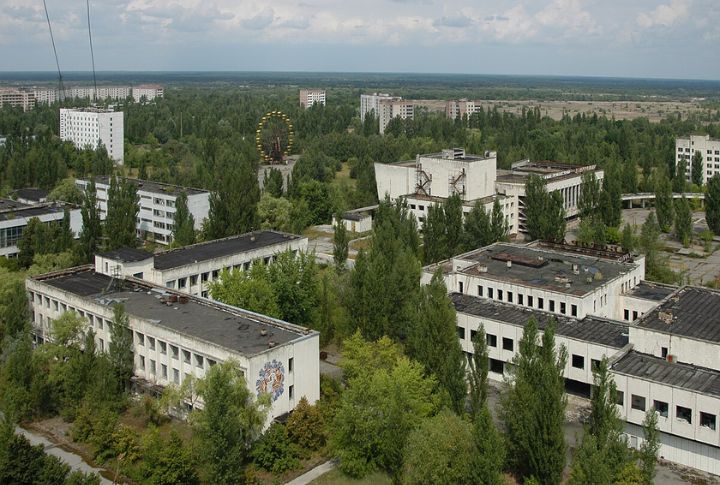
Rusted amusement rides and peeling murals still mark the empty streets of Pripyat. The town was founded in 1970 for Chornobyl Nuclear Plant workers and swelled to nearly 50,000 residents. But a 1986 reactor explosion forced a permanent evacuation.
Varosha, Cyprus
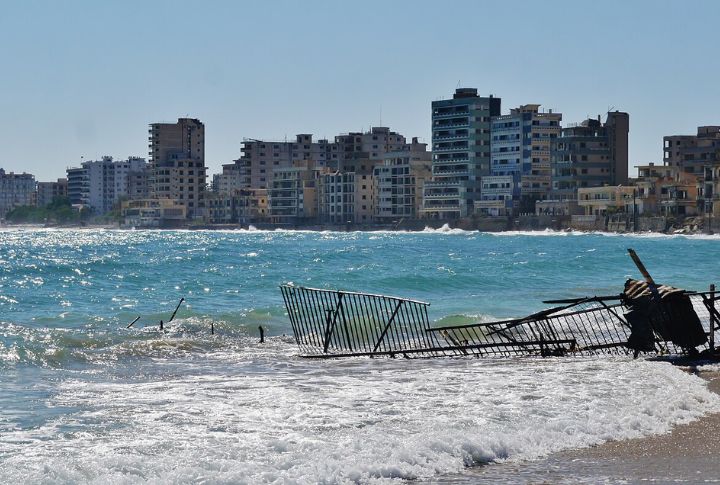
Once a glitzy tourist hub in Famagusta, Varosha drew celebrities like Elizabeth Taylor and Brigitte Bardot. When Turkish forces invaded in 1974, the residents fled. It had been fenced off for decades until 2020. Before that, most homes stood windowless with furniture still inside.
Kolmanskop, Namibia
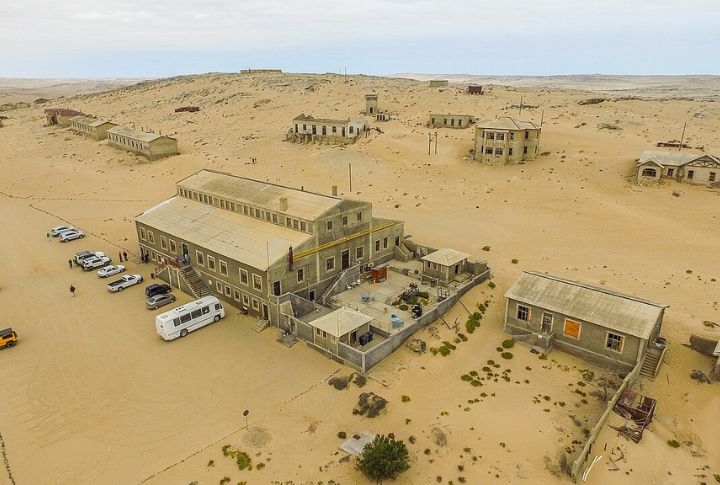
Sunlight filters through doorways filled with waves of fine orange sand. In the early 1900s, Kolmanskop bloomed in the Namib Desert during a diamond rush. It featured an ice factory and even a ballroom. But by the 1950s, richer finds lured miners away, which left sand to cover everything.
Villa Epecuen, Argentina
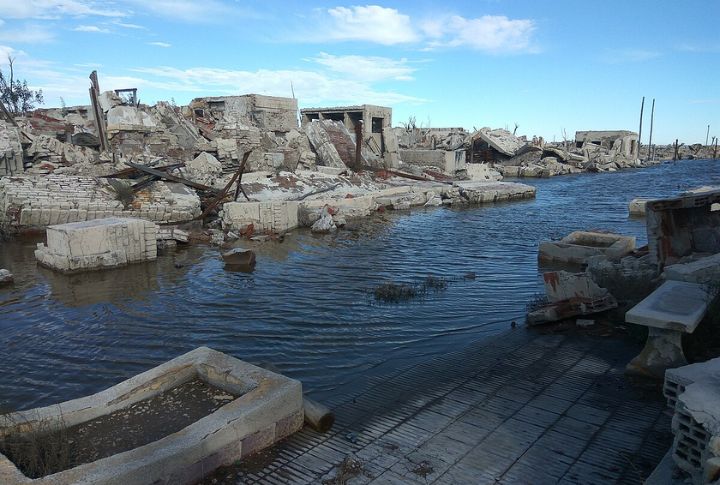
This lakeside resort once hosted 20,000 annual visitors. In 1985, a dam burst, and Lago Epecuen engulfed the town. For decades, it remained underwater. Then, the water slowly receded. What surfaced is stark: twisted trees and streets where one lone resident, Pablo Novak, returned to stay.
Bannerman Castle, US
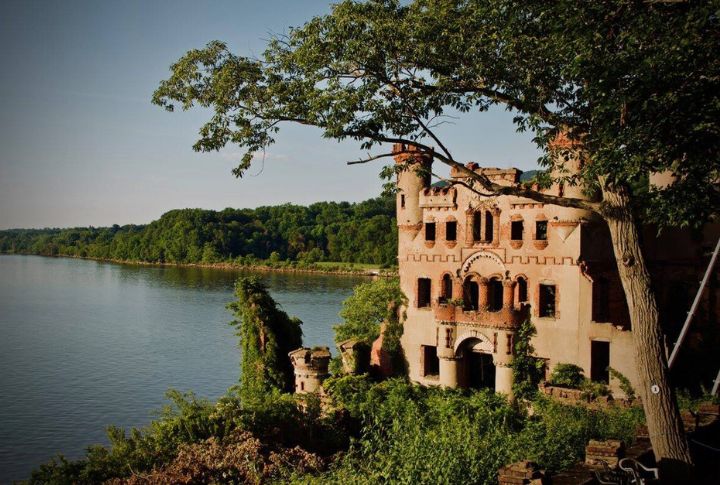
Built on Pollepel Island in the Hudson River, Bannerman Castle stored military surplus for decades. In 1920, part of it exploded, permanently damaging the structure. Fires and neglect soon followed. Its ivy-covered remains rise from the water like a half-sunk ship that’s impossible to ignore.
Beelitz-Heilstatten, Germany
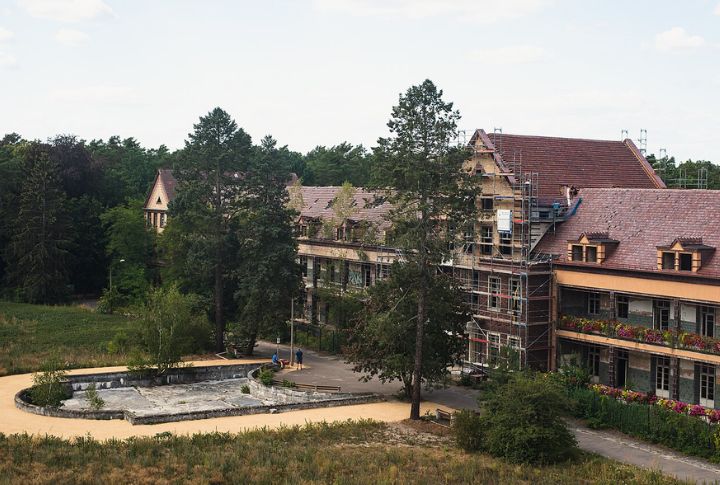
This vast hospital complex near Berlin once treated WWI soldiers, including Adolf Hitler. It became a Soviet military hospital during the Cold War and was abandoned in the 1990s. Peeling paint and ivy-draped balconies remain. Film crews and explorers still wander its ghostly, sunlit corridors.
Michigan Central Station, US
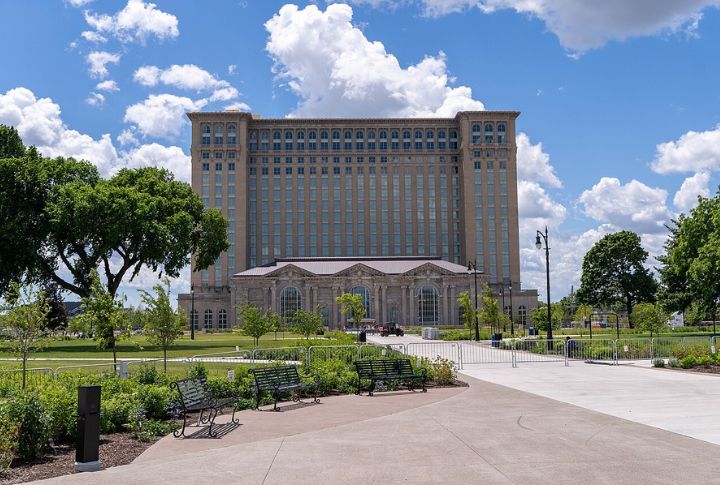
Once a Beaux-Arts masterpiece and gateway to Detroit, Michigan, Central Station closed in 1988. Its grandeur faded into graffiti and urban myth. Yet the building’s dignity held even as the elements wore it down. Restoration began in 2018, but the scars of abandonment still show.
Kennecott Mines, US
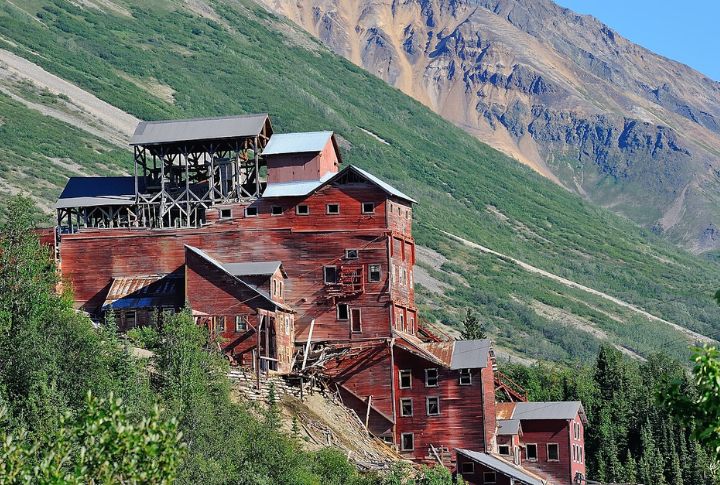
Remote and wildly profitable, Kennecott was a copper boomtown in Alaska’s Wrangell-St. Elias Wilderness from 1911 to 1938. Rusting conveyors and timber structures still cling to the slope. Abandoned overnight, the site now looms like a typical memorial to human ambition and abrupt retreat.
Train Cemetery, Bolivia
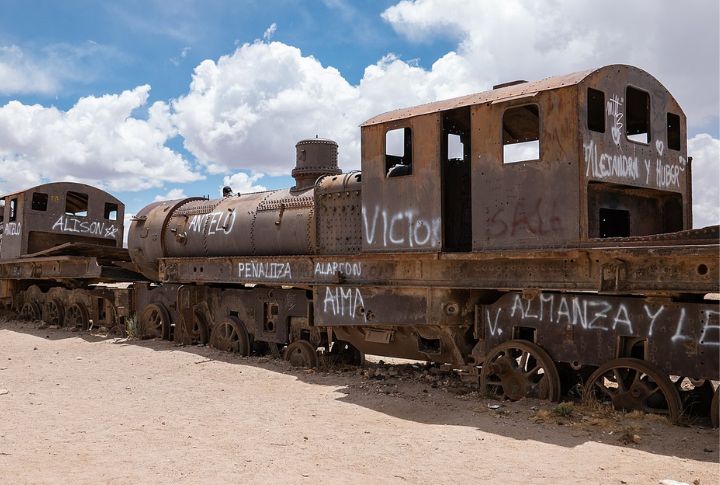
Twisted locomotive skeletons now sprawl across the Bolivian desert outside Uyuni, eerie and strangely photogenic. These British-built trains once hauled minerals from the Andes to the Pacific. After the mining economy collapsed, they were abandoned to rust in the salt air.
Six Flags New Orleans, US
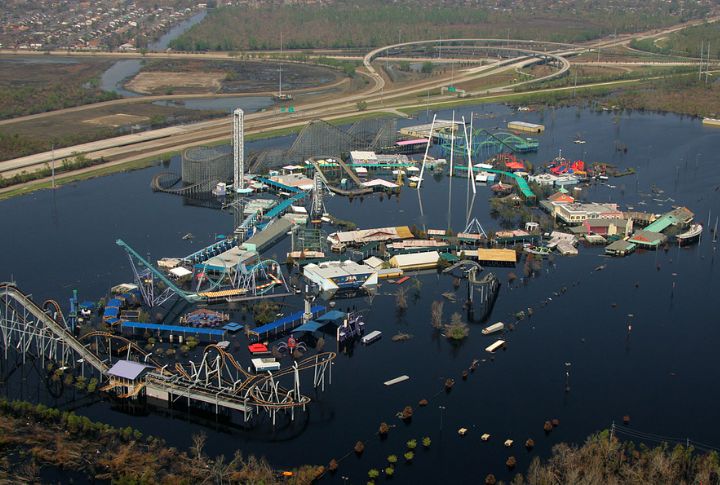
In 2005, Hurricane Katrina drowned Six Flags in New Orleans. The floodwaters receded, but the park never reopened. Roller coasters rusted in place. Clown signs peeled under the harsh sun. It’s a surreal blend of theme park whimsy with trees now growing through broken rides.
Cape Romano Dome Homes, US
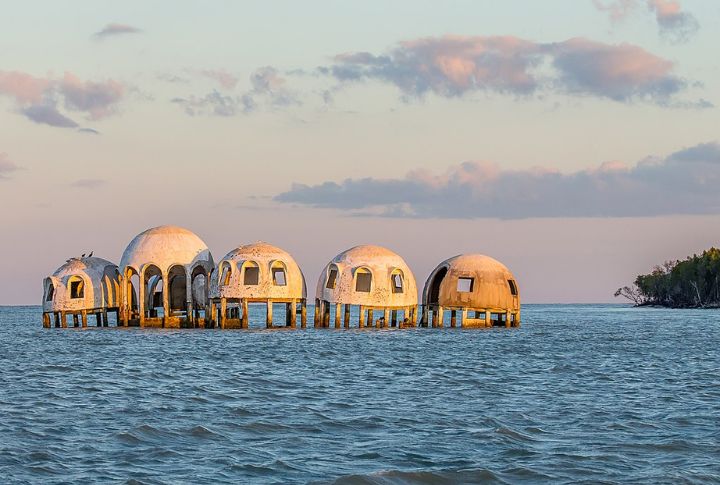
Built in 1982 as a self-sustaining utopia, these white domes stood proudly on Cape Romano’s coast. Coastal erosion and hurricanes eventually pushed them into the Gulf. Their futuristic curves still emerge from the water at low tide, ghostly and serene against Florida’s sunlit horizon.
Salton Sea’s Bombay Beach, US

Decayed trailers and experimental sculptures now scatter Bombay Beach, remnants of a vibrant artist revival. Once a booming resort town, it declined as the Salton Sea turned toxic from agricultural runoff. Salt, irony, and creative defiance come together in this surreal desert.
Whalers Bay, US
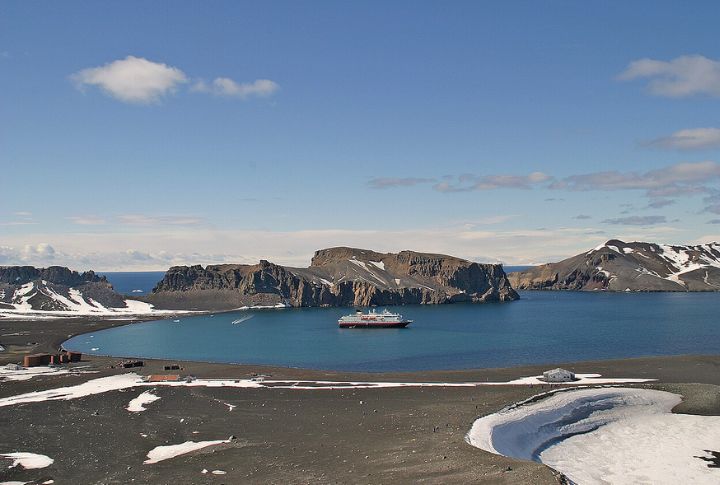
On Deception Island, volcanic warmth meets polar desolation. Whalers Bay once housed a whaling station and a British outpost. Abandoned in the 1960s, rusted tanks and sunken boats now line its ash-covered shores. Steam even rises from hot springs near and around the ruins.
Ross Island, India
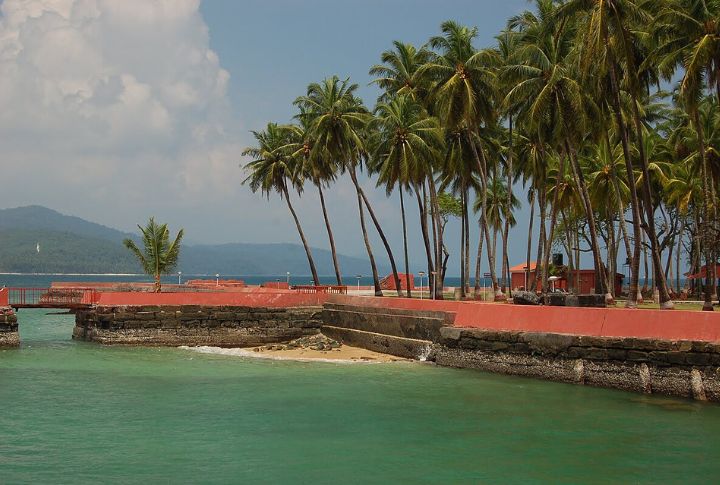
Ross Island was once the British administrative capital of the Andaman Islands. Earthquakes and time drove everyone out. Today, banyan trees creep through colonial buildings, splitting bricks and wrapping corridors in roots. In nature’s takeover, moss and parrots have replaced officials.
St. Elmo, Colorado
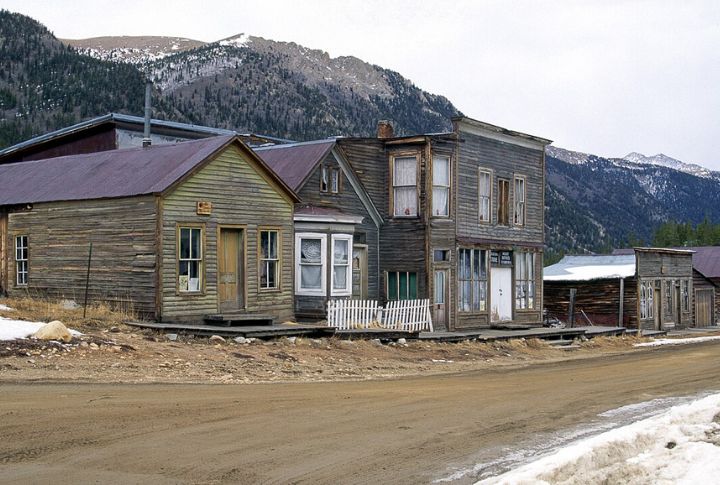
Founded in 1880 during Colorado’s mining boom, St. Elmo once buzzed with saloons and a telegraph office. As silver dried up, so did the town’s pulse. But it never vanished. Many buildings remain remarkably intact—wooden facades frozen in mountain air.
Poveglia Island, Italy
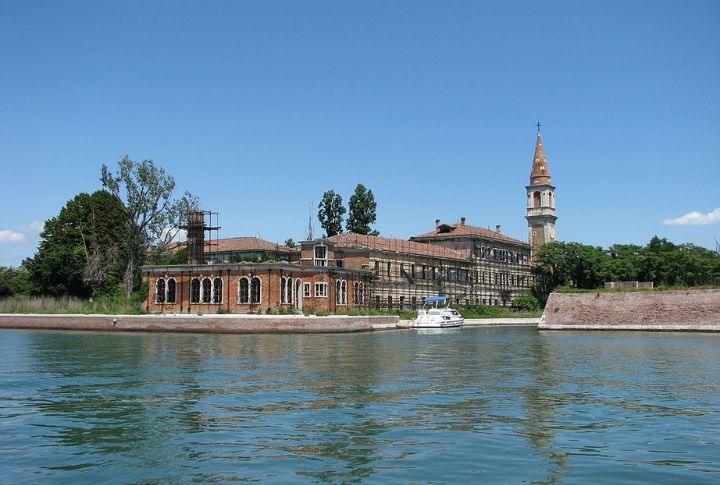
Across the Venetian Lagoon lies Poveglia, a small island with a heavy past. It functioned as a quarantine site during plague outbreaks and later housed a psychiatric hospital. Now abandoned, crumbling corridors and overgrown courtyards hint at long-forgotten screams.
Oradour-Sur-Glane, France
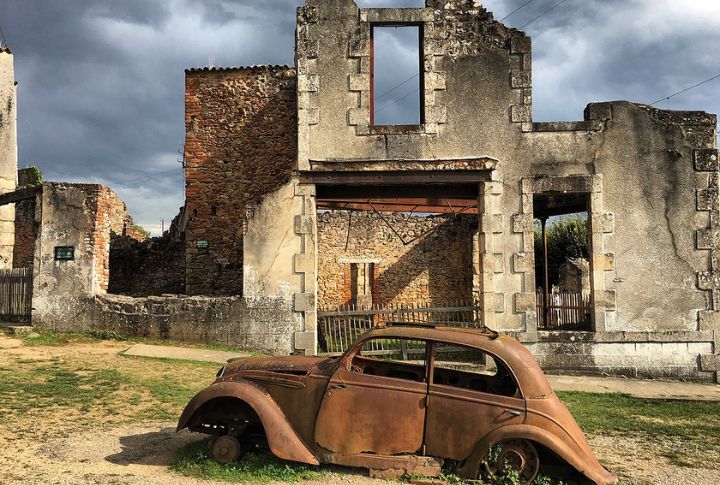
On June 10, 1944, the Nazi SS massacred 642 villagers in Oradour-sur-Glane. The village was never rebuilt. Burnt cars and rusted sewing machines remain exactly where they fell. France preserved it all as a memorial, an eerie, motionless land frozen in the moment of atrocity.
Bhangarh Fort, India
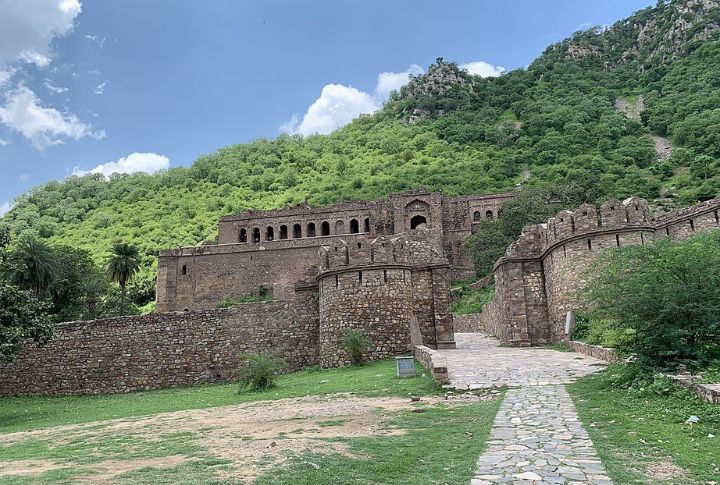
Rising in 17th-century Rajasthan, Bhangarh Fort is often dubbed India’s most haunted place. Folktales speak of a curse that left the town deserted overnight. Whether myth or memory, the crumbling gateways and empty halls still unsettle visitors who explore its echo-filled remains.
Kowloon Walled City, Hong Kong
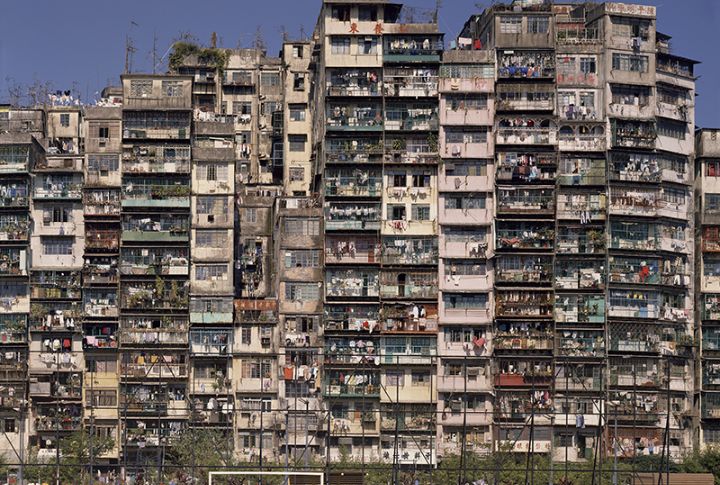
Kowloon Walled City once crammed over 30,000 people into a vertical labyrinth of overlapping homes. Sunlight barely pierced the narrow alleys, and plumbing was largely improvised. With no government oversight, it grew unchecked. Though erased in 1994, its chaotic legacy still defines unsanctioned urban living.




